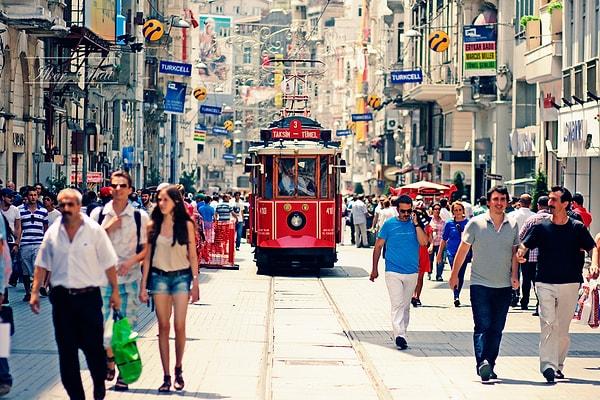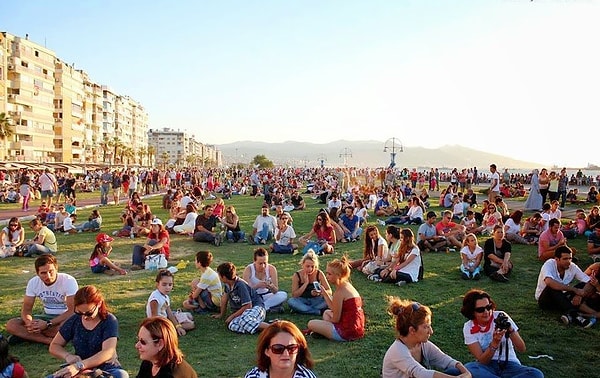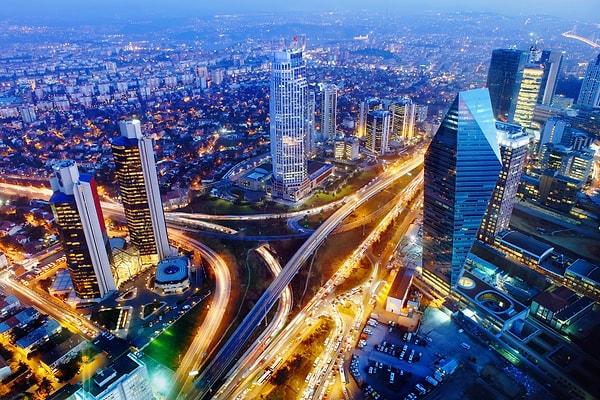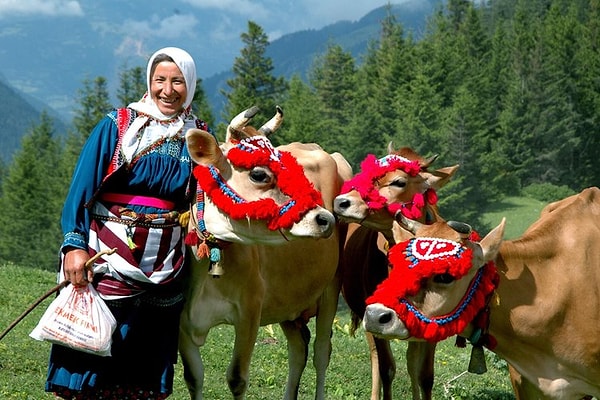Exploring the Demographic Mosaic: Unraveling the Population Dynamics of Turkey
Straddling the boundaries of Europe and Asia, Turkey is a land of historical depth, cultural richness, and geographical diversity. This Eurasian nation is a melting pot of different cultures and ethnicities, painting a vibrant demographic mosaic. The story of Turkey's population is an intriguing tale that goes beyond mere numbers, extending into the realms of history, culture, religion, and socio-economic transformation. As we delve into the fascinating journey of Turkey's demographic evolution, we will unravel the threads that weave the country's past with its present and future, providing a comprehensive understanding of this unique nation's population dynamics.
Turkey's Demographic Portrait: A Blend of Cultures at the Crossroads of Continents

Straddling the border between Asia and Europe, Turkey is a transcontinental nation celebrated for its remarkable diversity and rich cultural history. The country's population, woven from a broad spectrum of ethnicities, traditions, and religions, stands as an incredible mosaic, reflecting its storied past and ambitious future. The nation's location at the crossroads of civilizations has shaped its population in fascinating ways, resulting in a unique demographic panorama. As of 2023, Turkey's population hovers around 85 million, positioning it as one of the most populous countries in its region. Yet, it is the intricate interplay of the cultural, ethnic, and religious factors within this population that truly captivates the observer.
A Melting Pot of Ethnicities

Turkey's population is predominantly Turkish, accounting for approximately 70-75% of the total populace. However, a significant 15-20% comprises the Kurdish ethnicity, who mainly inhabit the southeast of the country. Beyond these primary groups, Turkey's ethnic tapestry expands further with smaller communities of Circassians, Arabs, Bosniaks, and Georgians, to name a few.
Urban-Rural Dynamics

A striking aspect of Turkey's population is the contrast between urban cosmopolitanism and rural traditionalism. Major cities like Istanbul, Ankara, and Izmir mirror a modern, vibrant Turkey that resonates with both the East and the West. These urban centers are not only multicultural but also dynamic economic and cultural engines, housing nearly 75% of Turkey's population.

Conversely, the rural regions of Anatolia showcase a more traditional lifestyle deeply tied to Turkey's historical and cultural roots. Despite rapid urbanization, around 25% of the population continues to inhabit these areas, maintaining a crucial link to the country's rich cultural past.
A Symphony of Languages

As a nation of cultural intersections, Turkey's linguistic diversity complements its ethnic and religious richness. Turkish is the official language, a tongue derived from the Turkic language family and written in a Latin-based script since Ataturk's sweeping reforms in the 1920s. It is widely spoken by the majority of the population, reflecting the linguistic unity of the nation.
Nevertheless, a significant percentage of the population also speaks Kurdish, predominantly in southeastern Turkey. Beyond these two main languages, there is a multitude of minority languages, such as Arabic, Circassian, Zaza, and Laz, which add their unique notes to the linguistic symphony of Turkey.
Population Policies and Trends

Turkey's government has oscillated in its stance on population growth. A few years ago, the government was encouraging larger families to offset the concerns of an ageing population. However, the reality of resource management, urban capacity, and job creation led to a more balanced perspective on population control and family planning.
The fertility rate has declined from above 6 children per woman in the 1970s to just below 2 in 2023, which is around the replacement level. The success of family planning initiatives and the rising median age of first-time mothers reflect the trend towards smaller family sizes.
Education and Literacy

Education has been a significant focus in Turkey, with a literacy rate of over 96% as of 2023. The country has made substantial strides in promoting universal education. A growing emphasis on higher education and vocational training is transforming the youthful population into a promising human capital resource, capable of driving economic progress and innovation.
Turkey's Vibrant Demography: A Blend of Tradition, Diversity, and Youthful Dynamism

Turkey's population is a testament to a rich historical tapestry, vivid cultural diversity, and a nation standing at the crossroads of different civilizations. Its large, young population fuels a dynamic society that holds promise for the future. From the bustling cosmopolitan cities to the traditional rural landscapes, Turkey's population displays a broad spectrum of lifestyles, beliefs, and traditions.
Keşfet ile ziyaret ettiğin tüm kategorileri tek akışta gör!

Send Comment